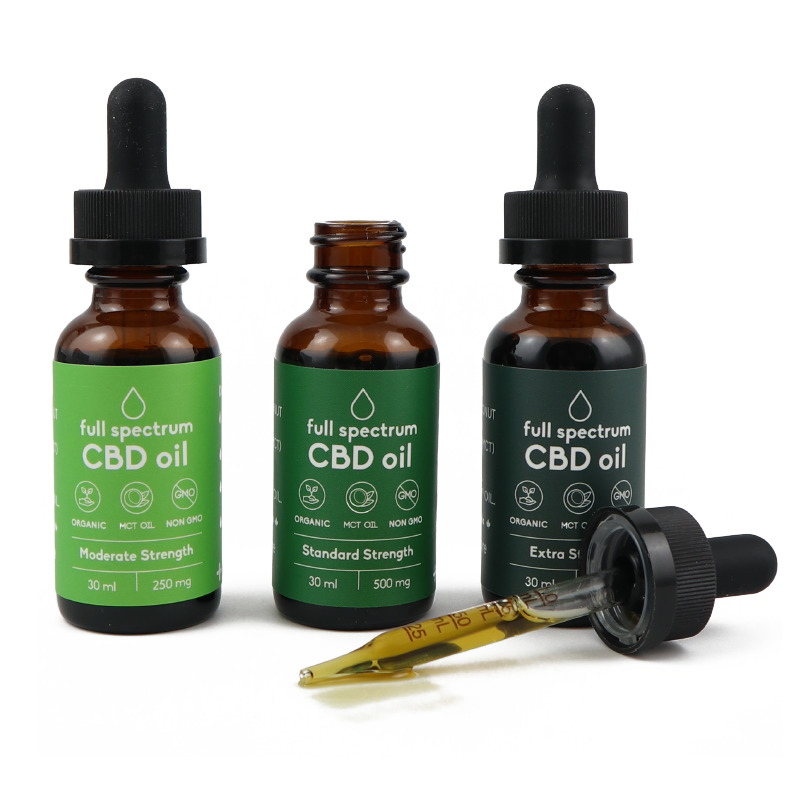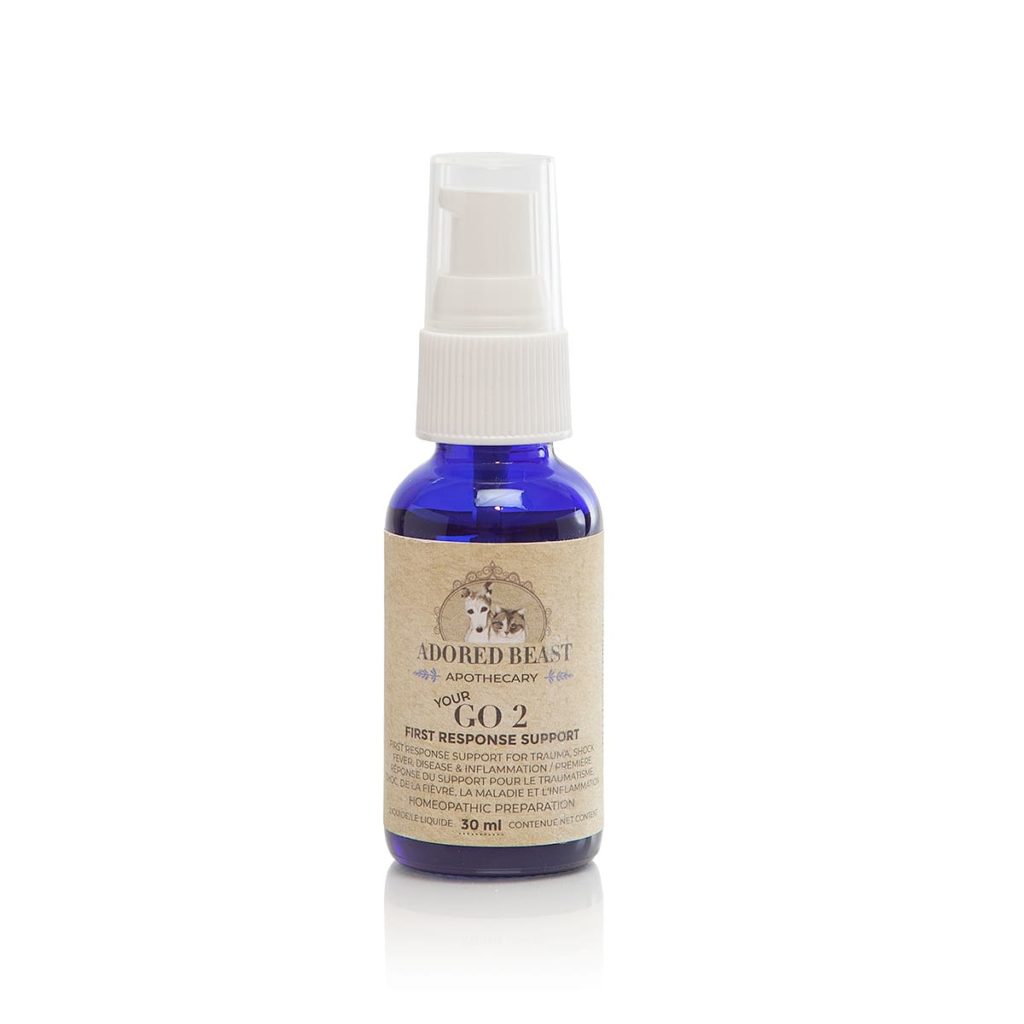While there are many triggers of stress and anxiety in our pets, thankfully there are also many options to treat, manage, and reduce their anxiety as well.
This general guide will help you identify signs and symptoms of anxiety and provide you with resources to identify your pet’s triggers and offer solutions to improve their wellbeing.
For pets with severe anxiety or fear aggression, you may want to seek the help of an experienced trainer or canine behaviourist.
What are the different kinds of anxiety?
There are two main types of anxiety: behavioural and situational. It is estimated that up to 30% of dogs will experience some form of anxiety during their lifetime.
Anxiety can also begin to present itself or worsen as your dog ages due to cognitive decline and dysfunction.
Behavioural Anxiety
Behavioural anxiety is when your dog has ongoing anxiety about something. The most common type of behavioural anxiety is separation anxiety, which affects about 14% of dogs. but there are also other causes such as trauma, abuse, moving to a new home, or loss of a family member.
Situational Anxiety
Situational anxiety is when your dog is scared or stressed in response to something specific. Common triggers can include travel, loud noises such as storms or fireworks, and visits to the vet or groomer.
What are signs of anxiety in dogs?
Sometimes it’s easy to tell that your dog is feeling stressed or anxious, but some dogs are more subtle with their body language or try to mask their emotions as a protective instinct if they have fear or trust issues.
Some of the most common signs are:
- Inappropriate chewing or destructive behaviours, especially when chews are available to them
- Barking or whining that can’t be easily settled
- Restlessness or pacing
- Excessive licking of surfaces or parts of the body such as paws
- Aggression
- Loss of appetite or a refusal to eat
- Trembling or shaking
- Excessive panting that isn’t otherwise warranted

What triggers anxiety in dogs?
Some of the sources of stress in dogs are species-specific, while others are similar triggers that can cause anxiety in humans as well. And just like sensitive people, sensitive dogs generally tend to be more susceptible to stress. Some common triggers include:
- Separation from family members, including other pets
- Lack of opportunities to express normal species- and breed-specific behaviors such as running, retrieving, hunting, herding, etc.
- Changes in housing, household routine, or household members
- Adverse relationships with other pets or humans in the household
- Punishment-based training methods involving yelling, hitting, shock collars etc
- Exposure to strange or unfamiliar things (objects, animals, people etc)
- Sudden loud noises (fireworks, thunderstorms etc)
- Unwanted attention such as being randomly awakened from a nap, or being forcibly hugged, kissed or held
When you try to figure out the root cause of your dog’s anxiety, it’s also important to consider their history. If you adopted them, what do you know about their past? Were they abused, unsocialized or neglected? Are they anxious mainly around men or kids, other dogs?
Some of the things that cause anxiety can be unavoidable, such as a fear of thunderstorms or a move to a new home. However, there are also things within your control that can help minimize stress and improve your dog’s quality of life.
Ensure everyone in the family understands and respects your dog’s need for uninterrupted sleep and respects their physical boundaries and what type of handling they are comfortable with. Some signs of stress and discomfort while handling include:
- Whale eye (eyes are open wide and you can easily see the whites of the eye)
- Tucked ears or tail
- Stiff body posture, hunched back or lowered head
- Raised hackles (hair along the spine)
- Excessive lip-licking, yawning, or panting
- Eye contact avoidance
Separation Anxiety
As separation anxiety is such a common issue, especially now with so many people who were previously working from home returning to the office, we thought it deserved its own article. Read here.
What are the treatment options for anxiety?
A vet may prescribe anti-anxiety medications, and many are the same type that are prescribed to humans like Prozac or Xanax. While this approach may be necessary for some pets, we prefer to try a more natural and holistic approach first. Anxiety medications don’t address the root cause of your dog’s anxiety, which could lead to a dependency on the drug to manage their stress. Medications can also come with other side effects of their own, so if your pet’s anxiety can be treated through training or supplements, your pet will likely be better off in the long run.
*If your dog is currently on any medications, please speak to your vet about possible side effects or drug interactions before introducing any new supplements to their regimen.
Supplements for anxiety
CBD is an excellent tool to help relieve your pet’s anxiety, as it interacts with your pet’s central nervous system to soothe and calm anxiety. Recent studies have also shown that CBD has the potential to alter serotonin levels in the brain. Serotonin is a neurotransmitter that is involved in emotion regulation, stress, and mood. Therefore, taking CBD may offer a similar effect to overall mood and stability similar depression and anxiety medications.
CBD can be used for both situational and behavioural anxiety as it begins taking effect within about an hour of dosing. For behavioural anxiety, we recommend dosing daily.
Homeopathic Treatment
We have Aconite available in Adored Beast’s Your Go 2. This supplement pairs Aconite with Arnica, making it especially useful to keep on hand in a pet first aid kit to treat pain, trauma, or shock.

Homeopathic remedies for dog anxiety include aconite, pulsatilla nigicans and gelsemium. A holistic veterinarian can help you decide which homeopathic options will work best to relieve your pet’s anxiety.
Aconite is the ideal supplement for use with situational anxiety with sudden or intense bursts of fear, anxiety or panic. You can re-dose Aconite every 15-30 minutes, making it useful for short-term use for severe fear and anxiety such as during storms or fireworks, trips to the vet, or car rides.
- Impatiens – a remedy to help with impatience, irritability, agitation, and support calm demeanor
- Clematis – for spaciness or detachment, to help your pet maintain focus
- Rock Rose – for terror, panic, hysteria, to support healthy and balanced behaviour
- Cherry Plum – for loss of self control, to promote a healthy response to external stimulation
- Star of Bethlehem – for trauma or grief, to restore a balanced disposition
Using Rescue Pet can help in all kinds of stressful situations. Use it to relieve stress before going to the vet or the groomer, for separation anxiety, or for situations you know will cause fear. Find Rescue Pet near you
Anxiety Training Tips
The first step to managing your pet’s anxiety is to ensure they are getting enough physical exercise as well as mental stimulation. A tired dog is a happy dog! When a dog has pent up energy, or is bored and under stimulated, they are going to be more emotionally unstable and difficult to train.
To increase your dog’s physical exercise, you can try:
- Using a backpack for medium to large breeds to make their walks more exerting.
- Taking them swimming or teaching them to use a treadmill
- Playing physical games with them such as fetch or using a tug toy
- Using a dog walker or doggy daycare (if this doesn’t further trigger their anxiety)
- Get them involved in dog sports such as agility, lure coursing, flyball etc.
To make sure they are being mentally stimulated, you can:
- Make them work for their food with an interactive feeder or puzzle toy
- Teach them some new tricks and practice their arsenal of tricks often
- Give them a bully stick or meaty bones! Having a challenging meal is mentally stimulating, but it also exerts them physically, giving you an anxiety-busting double whammy. The cherry on top? It’s also taking care of their dental health at the same time. (If your dog has separation anxiety, do not offer them a chew while you’re out of the house. Your pet should always be supervised while chewing on any treat or bone)
- If you have a working breed such as a herding dog, consider looking into classes that allow them to express their instincts safely.
Desensitization and counterconditioning
- If your dog experiences situational anxiety, the only way to improve this is with lots of patience and slow, gentle exposure to reduce the fear and anxiety. The way to do this will vary greatly depending on what it is that triggers your pet, so you will need to do some research and trial and error.
- If you are a new pet owner or haven’t had a pet that was nervous or fearful before, you may want to consider working with an experienced trainer.





